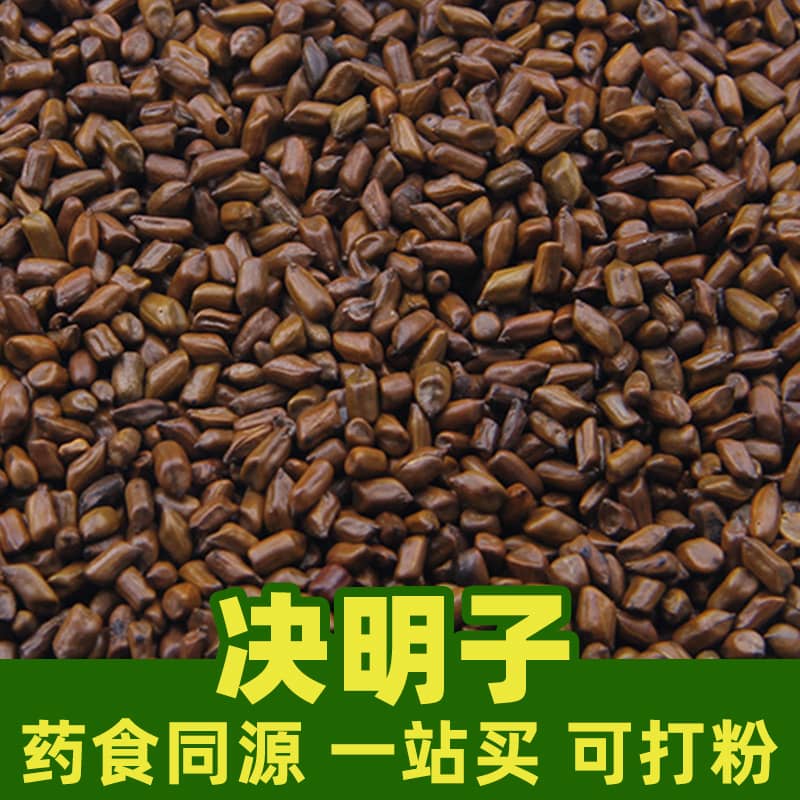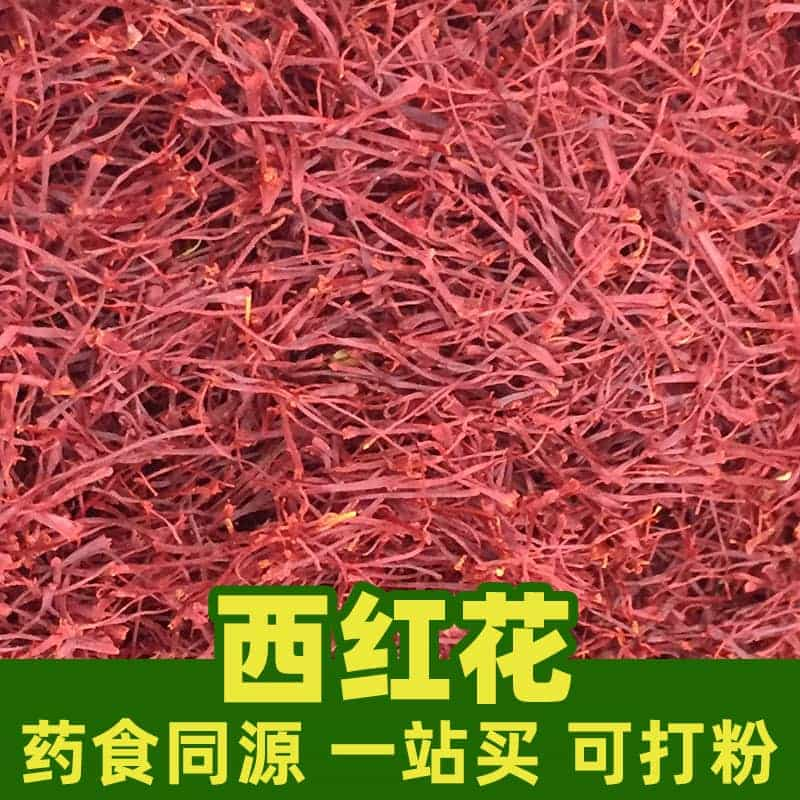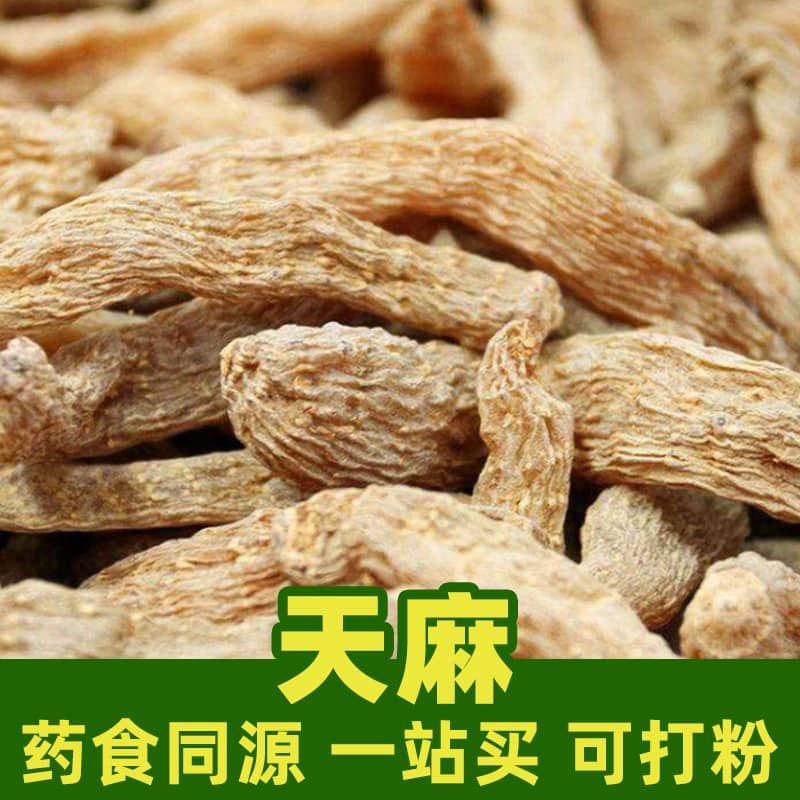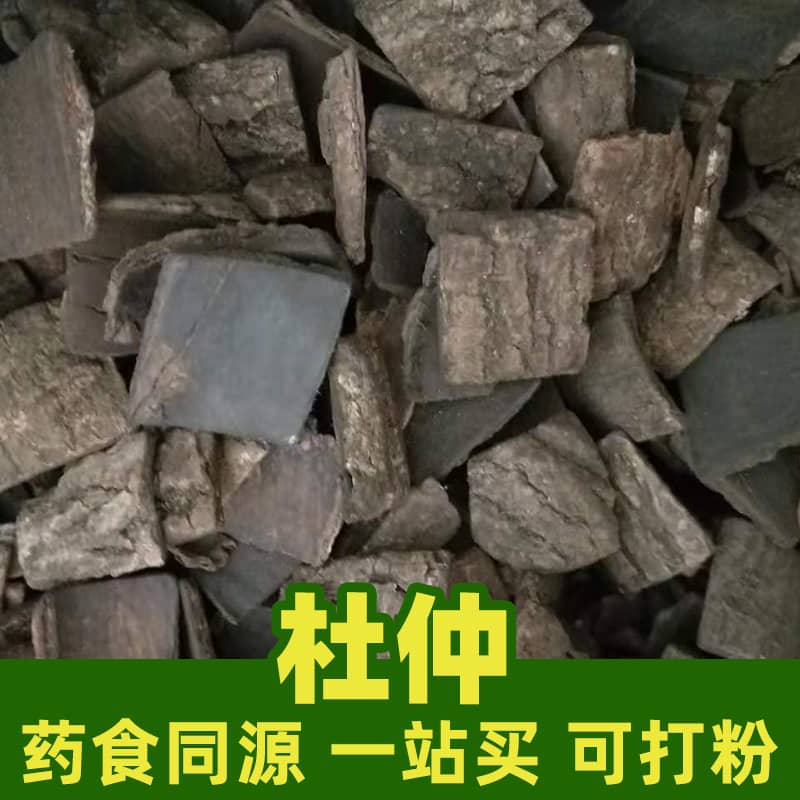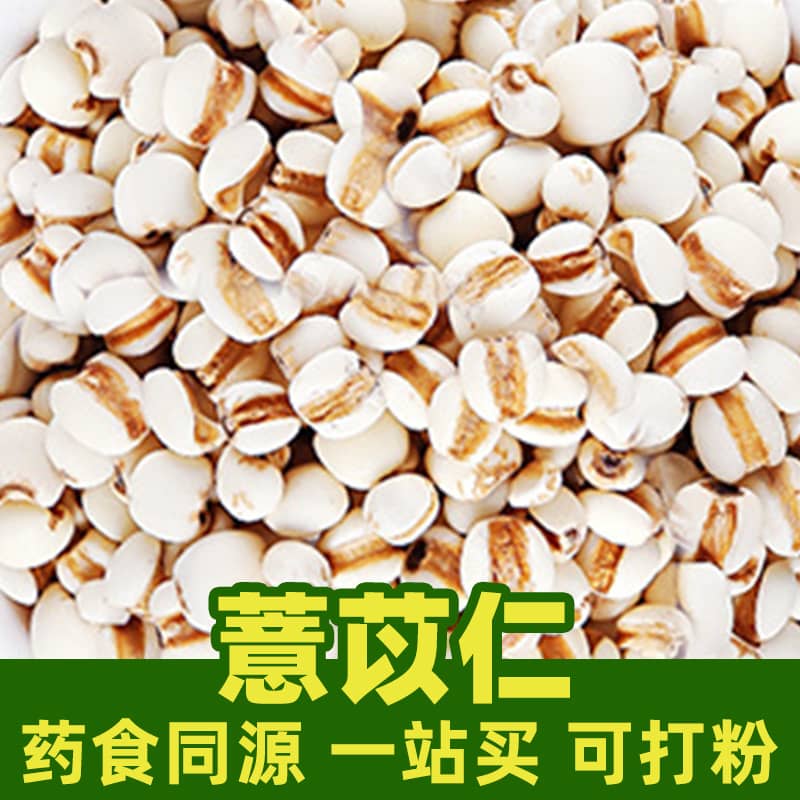Product Introduction
Polygonatum is a perennial herb with creeping or clustered rhizomes. The rhizome's surface is yellowish-brown or dark brown, firm in texture. The cross-section of the rhizome is white or yellowish-white.
Polygonatum is mainly found in China, Japan, and other Asian regions, typically growing at forest edges, by water, and in humid areas. It belongs to the Liliaceae family and is a common herbal medicine.
Main Active Ingredients
Polygonatum contains various active components, with the most important being polysaccharides, saponins, amino acids, and trace elements. Polysaccharides are its main active components, providing yin-nourishing and lung-moistening effects and boosting immunity. Saponins have heat-clearing and antioxidant properties. Additionally, Polygonatum is rich in amino acids and trace elements, supporting overall health.
Application Scenarios and Usage
Traditional Medicine
Polygonatum is widely used in herbal medicine. Common uses and dosages include:
- Dry Cough: Often used to treat dry cough and dry throat. It is typically decocted with other complementary herbs to make lung-moistening remedies.
- Dry Mouth and Throat: Suitable for treating dry mouth and throat due to its yin-nourishing properties. It can be decocted into medicinal soups or combined with other herbs.
- Insomnia: Believed to calm the mind and aid sleep. It can be combined with other suitable herbs to make sedative remedies.
Dosages vary depending on individual conditions and symptoms, so it is best to use under the guidance of a traditional Chinese medicine practitioner or doctor.
Source Plant Introduction, Distribution, and Growth Environment
The botanical name of Polygonatum is Ophiopogon Japonicus, primarily found in China, Japan, and other Asian regions. It typically grows at forest edges, by water, and in humid environments, preferring partial shade and moderate sunlight.
In addition to its medicinal value, Polygonatum is also used as an ornamental garden plant.
Harvesting, Processing, and Storage
Harvesting and Processing
Polygonatum is typically harvested in spring or autumn. After harvesting, it needs to be cleaned, cut, and dried to remove impurities and maintain its medicinal properties.
Storage
To maintain its quality and nutritional content, Polygonatum should be stored in a cool, dry place, avoiding direct sunlight and moisture. It is best kept in sealed containers to prevent moisture ingress. Proper storage ensures Polygonatum remains effective and retains its nutritional benefits.
Monica Sun is a seasoned expert in the natural raw materials industry, with over a decade of experience specializing in traditional Chinese medicinal herbs, spices, and fungi. She is skilled in the sourcing, processing, and application of these materials, emphasizing sustainability and innovation. Monica Sun has contributed to the development of high-quality natural raw materials that serve as essential components in functional foods, pharmaceuticals, and cosmetics, delivering tailored solutions to meet diverse market needs.









